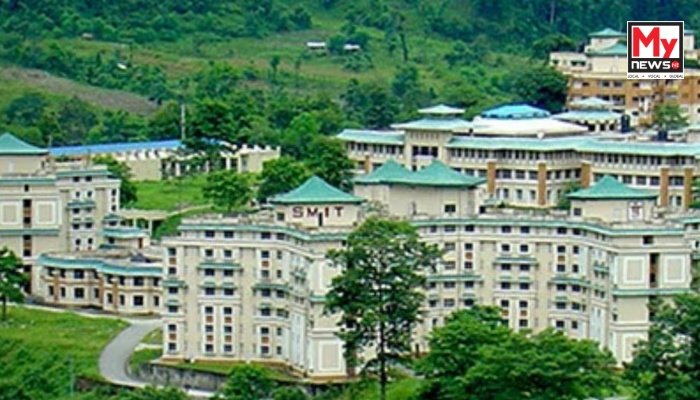CAG Flags Significant Lapse in Electricity Tariff Classification, Resulting in Rs 2.69 Crore Undue Benefit to Sikkim Manipal University
Gangtok: A recent audit report by the Comptroller and Auditor General (CAG) of India has revealed a substantial lapse in the classification of electricity tariffs, which has resulted in an undue benefit of Rs 2.69 crore to Sikkim Manipal University (SMU) over a period of five years, from 2017-18 to 2021-22.
The misclassification, identified in the CAG’s latest audit report, has caused significant revenue losses to the Power Department of Sikkim (PDS). The audit revealed that SMU was incorrectly charged under the Bulk Supply High Tension Industrial Supply (HTIS) category instead of the standard HTIS category, which applies to most industrial and institutional consumers.
According to the Sikkim State Electricity Regulatory Commission Tariff Schedule (SSERCTS), the Bulk Supply category is meant for military establishments, government buildings, hospitals, and similar state-run institutions. However, SMU, a private educational institution with a teaching hospital, was incorrectly classified under this category.
As a result of this misclassification, SMU was charged Rs 12.33 crore in energy costs, whereas if correctly placed under the standard HTIS category, the charges should have amounted to Rs 15.02 crore. This discrepancy resulted in a financial loss of Rs 2.69 crore for the state’s power department.
The Power Department of Sikkim justified the classification by citing that SMU was established under a State Legislative Act and that its teaching hospital provides essential services. However, the audit dismissed this justification, pointing out that other institutions established through state legislation, such as Sikkim Manipal Institute of Technology (SMIT) and Shri Ramasamy Memorial (SRM) University, were correctly placed under the standard HTIS category.
The audit report also highlighted another instance of revenue loss due to incorrect tariff application in the Ravangla circle for the year 2020-21. The Power Department had charged lower-than-notified rates for both HTIS and Bulk Supply consumers, resulting in a short assessment of ₹25.37 lakh in electricity charges.
The findings from the audit raise significant concerns about revenue assessment, tariff compliance, and governance in the Power Department of Sikkim. The audit has recommended a thorough review of consumer classifications to prevent similar discrepancies in the future and suggested that the Power Department strengthen its monitoring mechanisms to ensure strict adherence to the SSERCTS guidelines and avoid further revenue leakages.
Read More: RPF Cracks Down on Illegal Migration, Apprehends 11 Individuals

